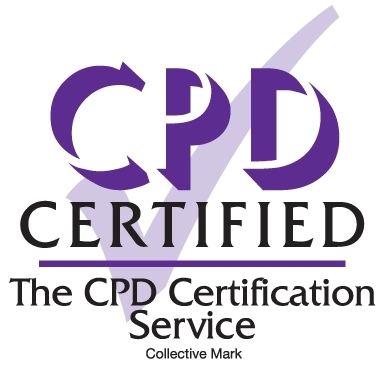COSHH Awareness
E-Learning
20–30 min
Many different types of substances that are present in specific work environments can be harmful to workers’ health, including “natural” substances. The potential health problems from exposure to harmful substances may include developing dermatitis from flowers, bulbs, fruits and vegetables or even developing leukemia caused by benzene in crude oil.
According to the Labour Force Survey, over 38,000 workers developed or had worsened breathing, lung and skin problems from their job in 2022/23 – which is consistent with previous yearly figures.
The Control of Substances Hazardous to Health (COSHH) regulations have been in place for over 25 years, and COSHH training is important in preserving their short-term and long-term health of workers.

This COSHH training online course educates how to best control, store and handle hazardous substances in the workplace so that they do not cause ill health.
COSHH training will help individuals better understand what they need to do in order to comply with the Control of Substances Hazardous to Health (COSHH) Regulations 2002. These regulations apply to the way employers and employees work with potentially harmful substances.
This COSHH training online course is ideal for personnel involved with the handling, storing or transporting of hazardous substances across many different sectors.
Safesmart delivers COSHH Awareness training for your organisation through Smartlog – our comprehensive health & safety compliance software.
Course Content
Harmful substances – Identifying them, dispelling myths about “natural” substances, and the common places these substances can be located in the work environment.
Exposure risks – Types of ill health, injuries, diseases and long-term effects – from skin conditions like dermatitis to lung diseases and leukaemia.
Points of exposure – Points of entry, and prevention. Exposure through the skin, nose, mouth etc.
Safety data sheets and hazard checklists – Substance & product labelling, European and international symbols, understanding safety data sheets, and completing a hazard checklist.
Risk Assessment – Understanding how, and how much workers are exposed before deciding if anything needs to be done to reduce their exposure.
Exposure control measures and equipment – A mixture of equipment and ways of working to reduce exposure using the right combination; for example fume cupboards, ventilation, spray booths, and PPE.
REACH – 2007 EU regulation on the Registration, Evaluation, Authorisation and restriction of CHemicals. Why the regulation is significant, what it entails, when and how it is applicable.
This course contains test questions and issues a certificate upon completion.

